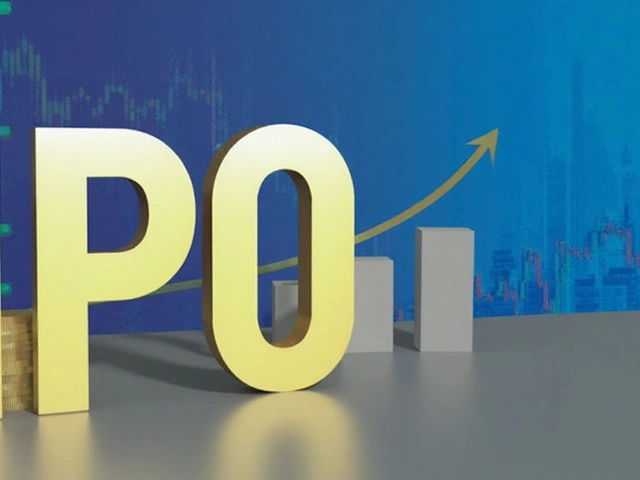Understanding Cost: What’s Driving Prices Today?
Whenever you hear the word “cost,” you probably think of the sticker price on a car, the bill for a grocery run, or the tuition fee for a college program. But cost is more than a number – it’s a story about supply, demand, regulations, and even emotions. On this tag page we’ve gathered a handful of articles that peel back the layers of today’s cost conversations, from auto‑industry price hikes to the hidden expenses of everyday choices.
Why Prices Keep Going Up
One of the most talked‑about stories this year is the triple price hike at Maruti Suzuki. The company lifted prices in January, February and April, blaming “higher input costs” and stricter safety and emission rules. That means the raw material – steel, aluminum, electronics – got pricier, and the new BS6 norms forced brands to invest in cleaner tech. When manufacturers pass those expenses onto buyers, you see the headline “cost increase.” The same pattern is rippling across other brands like Hyundai and Mahindra, showing it’s not an isolated case.
Cost From a Personal Angle
Cost isn’t just a macro‑economic term; it hits personal lives, too. One of our posts explores why Indian men sometimes find dating abroad tougher than expected. While not a traditional “price” story, the piece talks about the “cost” of cultural missteps, language blunders, and even the financial side of living far from home. Understanding these hidden costs can help you budget your time, energy, and emotions before you jump into a new relationship.
Another article weighs the pros and cons of moving back to India for college. It breaks down tuition fees, living expenses, and the intangible costs of leaving a familiar environment. Knowing the real numbers – scholarship opportunities, housing rent, daily commute – lets you compare a foreign university’s price tag with an Indian one more accurately.
Even historical events have a cost angle. The Charkhi‑Dadri mid‑air collision, for instance, forced a massive overhaul of air‑traffic control procedures. The “cost” here is measured in lives lost, but also in the billions spent on safety upgrades worldwide. It’s a reminder that cost can be measured in human terms as well as dollars.
Our tag also includes pieces on the everyday cost of snacking in Chennai. Finding healthy Indian snacks doesn’t have to break the bank if you know the right spots – local markets, health stores, and specific cafes. Those articles give you price ranges, portion sizes, and even tips on bargaining, turning a simple snack run into a savvy shopping mission.
Finally, think about the cost of career moves, like an Indian actuary eyeing a job in Canada. The article spells out the financial side – credential assessment fees, migration expenses, and the potential salary boost once you land the role. Understanding these numbers upfront helps you decide if the move is worth the investment.
All these stories share a common thread: cost is everywhere, and it’s rarely simple. By reading the posts under this tag, you’ll get a clearer picture of what’s driving price changes, how hidden expenses affect personal decisions, and where you can save or invest wisely. Keep scrolling, pick the articles that match your interests, and turn cost from a confusing buzzword into a tool you can use every day.
In my quest to find out the price of the Mi Note 10 Pro, I discovered that it varies depending on the market and the retailer. On average, you can expect to pay around $500 for this device. However, prices may fluctuate based on factors such as the phone's configuration, local taxes, and import fees. Remember to always compare prices from different sellers to get the best deal. Also, it's worth noting that prices might decrease over time, especially with the introduction of newer models.
Continue Reading




